A heroic drama of religion and politics
No discussion about the history of Kyushu is complete without mentioning Kakure Kirishitan. Christianity was introduced into Japan by the Roman-Catholic missionary Francis Xavier on his visit to Hirado in 1550, and from here the faith spread nationwide. Later in the 16th century, however, Toyotomi Hideyoshi issued an edict to expel the missionaries. Oppression increased throughout the nation at the beginning of this dark age of Japanese Christianity. To avoid persecution, followers developed a unique system of publicly practicing Shinto or Buddhism while privately practicing Catholicism. And they continued to lead secret lives here in the Kasuga Village of Hirado, choosing it despite its harsh natural environment and isolation from others.
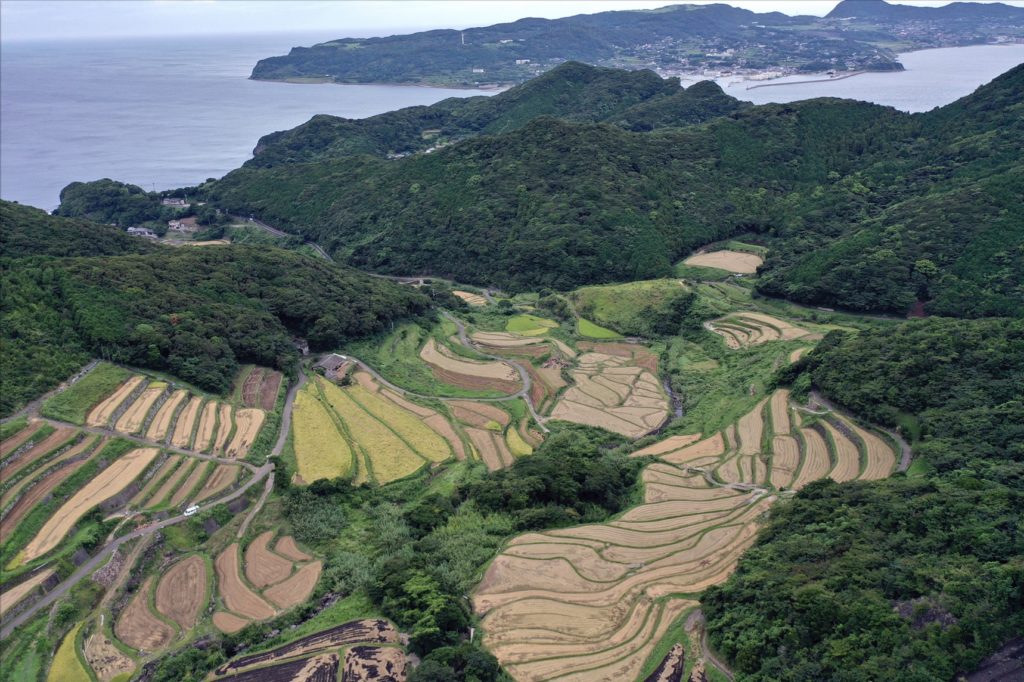
We strolled around the coastal slopes gazing at the stunning terraced rice fields and the Hidden Christians’ sacred Mt. Yasumandake. Today, the rice fields are still worked and maintained by 15 or 16 families. The scenic view has not changed much from the Edo period (1603–1868) even though these rice fields have witnessed traumatic changes from Christianity’s introduction and expansion to its prohibition and oppression to, finally, its continued practice in hiding. With this long history in mind, we climbed a small round hill called Maruo-sama.
The top of the gentle slopes commanded a magnificent view of the surrounding area where the Hidden Christians went on living after the ban was lifted. Some converted to Buddhism or Shinto, some rejoined the Catholic Church, and some continued to practice the secret religious system as Kakure Kirishitan.
For us, the beauty of the terraced rice fields was colored by the region’s complex religious and political history. As we wandered, admiring the verdant view that existed prior to Christianity and after its ban was lifted, we wondered how the Hidden Christians might have reacted to the sight of unexpected visitors – perhaps to us – walking the path toward their secluded home.
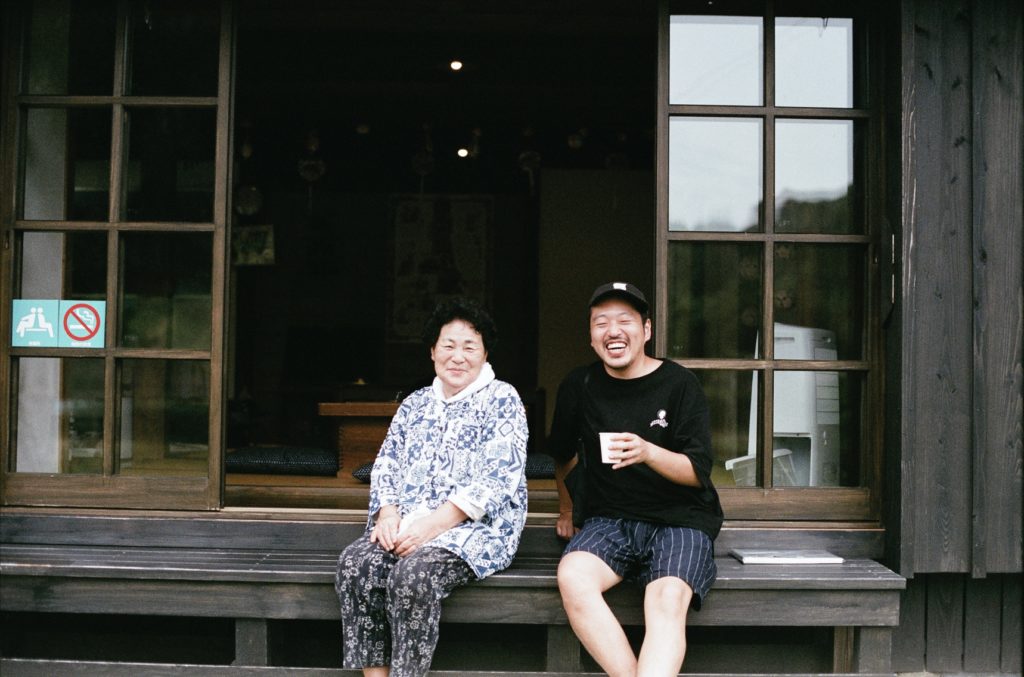
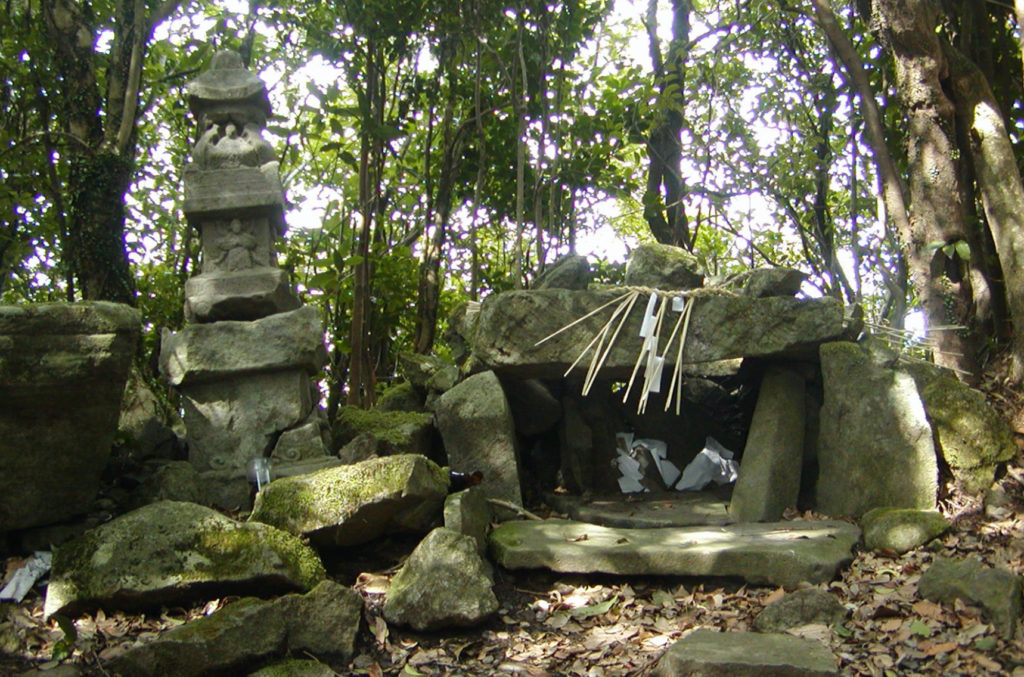
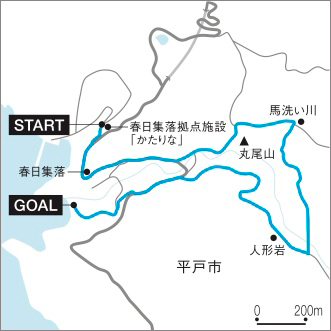
Kasuga Village has a walking course designed for visitors to admire the terraced rice fields. The basic course centering on Mt. Maruo, aka Maruo-sama, has a pleasant 150-meter difference in elevation and can be completed in 60 to 90 minutes. The paths are mostly paved, and signs are set up to guide the way.
Kasuga Village’s hub facility “Katarina”
166-1 Kasuga-cho Hirado-shi Nagasaki
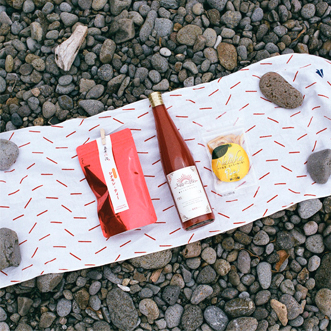
Give your body a charge of energy with Izumiya Roqji’s cinnamon tea, made with cinnamon leaves, cultivated here since the classical Nara period (AD 710–794); Taiyo-no-Tamamono tomato juice, made with high sugar tomatoes grown using Imec film farming technology in Karatsu, Saga; and Hirado’s Natsuka orange peel.












